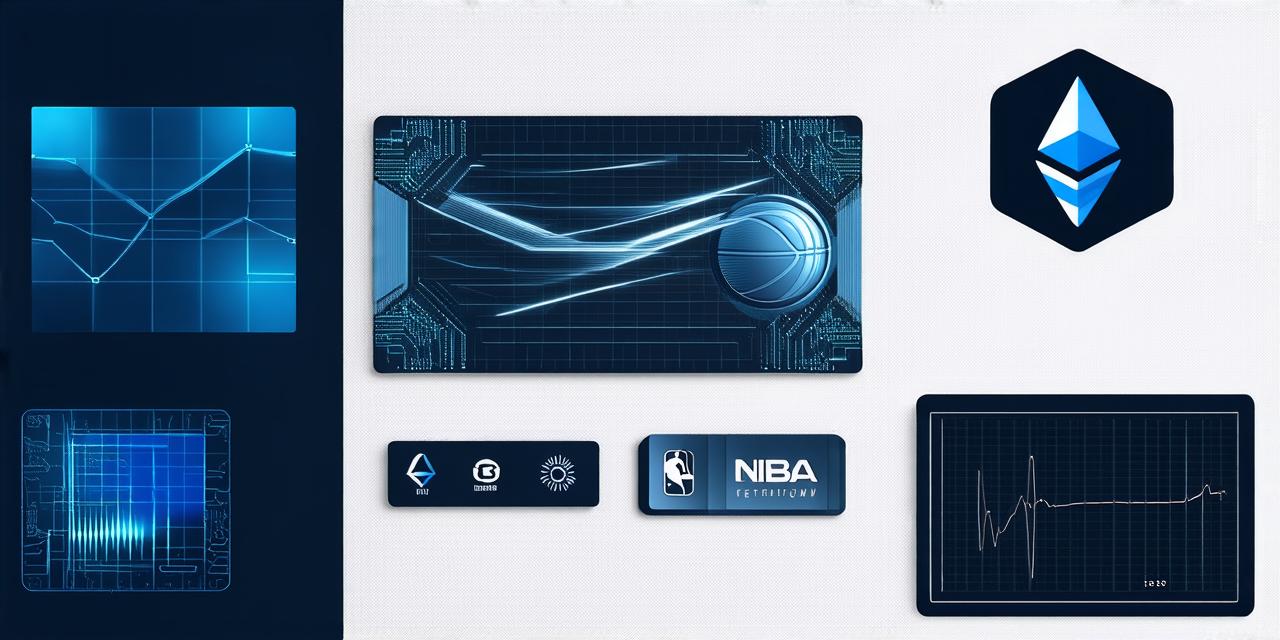Blockchain Technology: Exploring Popular Platforms and Their Key Features
Ethereum: The Most Popular Blockchain Platform
Ethereum is undoubtedly the most popular blockchain platform on the market today. It was created in 2015 by Vitalik Buterin and it allows developers to build decentralized applications (DApps) that run on a blockchain. Ethereum’s smart contract functionality has made it a favorite among developers, as it enables them to create self-executing contracts that can be used for a wide range of purposes.
Key Features of Ethereum
- Decentralized consensus mechanism (Proof of Work)
- Turing-complete programming language
- Smart contract functionality
- Decentralized storage and computation
- DApp development framework
Ethereum’s popularity can be attributed to its extensive developer ecosystem, which includes a wide range of tools and resources for building DApps. It also has a large user base, with many businesses and organizations already using it for various purposes.

However, Ethereum is not without its drawbacks. Its Proof of Work consensus mechanism can be energy-intensive and slow, which can be problematic for certain use cases. Additionally, the platform’s high gas fees (the cost of executing smart contracts) can make it expensive to build and deploy DApps.
Bitcoin: The Original Blockchain Platform
Bitcoin is the original blockchain platform and it was created in 2008 by an anonymous person or group of people using the pseudonym Satoshi Nakamoto. Bitcoin is a decentralized digital currency that operates on a peer-to-peer network, allowing users to send and receive bitcoins without the need for intermediaries like banks.
Key Features of Bitcoin
- Decentralized consensus mechanism (Proof of Work)
- Digital currency functionality
- Decentralized storage and computation
Bitcoin’s popularity can be attributed to its pioneering role in the blockchain space, as well as its widespread adoption by businesses and individuals alike. It is also seen as a store of value, with many investors viewing it as a hedge against inflation and economic instability.
However, Bitcoin has its limitations. Its slow transaction times and high energy consumption can make it unsuitable for certain use cases, such as everyday payments. Additionally, the platform’s limited scalability can be problematic for businesses that require high throughput transactions.
Ripple: The Fastest Blockchain Platform
Ripple is a blockchain platform that was created in 2012 by Jed McCaleb and it is designed specifically for financial institutions and payment providers. Ripple’s consensus mechanism is called XRP Ledger, which is a centralized system that allows for faster transaction speeds than Bitcoin and Ethereum.
Key Features of Ripple
- Centralized consensus mechanism (XRP Ledger)
- Fast transaction times (seconds)
- Cross-border payment functionality
Ripple’s popularity can be attributed to its ability to facilitate fast and low-cost cross-border payments, making it a favorite among financial institutions. It also has a strong partnership network, with over 300 institutions already using Ripple for various purposes.
However, Ripple’s centralized nature can be problematic for those who are concerned about the potential for censorship and control by a single entity. Additionally, its limited use cases may limit its appeal to businesses and organizations outside of the financial industry.
EOS: The Most Scalable Blockchain Platform
EOS is a blockchain platform that was created in 2017 by Dan Larimer and it is designed specifically for enterprise applications. EOS uses a delegated proof-of-stake consensus mechanism, which allows for faster transaction speeds than Bitcoin and Ethereum. Additionally, EOS has a built-in sharding feature, which enables the platform to scale horizontally as needed.
Key Features of EOS
- Delegated proof-of-stake consensus mechanism
- Built-in sharding feature
- Fast transaction times (milliseconds)
- Decentralized storage and computation
EOS’s popularity can be attributed to its ability to handle high throughput transactions, making it a favorite among businesses that require scalable blockchain solutions. It also has a strong developer ecosystem, with many tools and resources available for building enterprise-grade DApps.
However, EOS’s centralized nature can be problematic for those who are concerned about the potential for censorship and control by a single entity. Additionally, its limited use cases may limit its appeal to businesses and organizations outside of the enterprise space.
